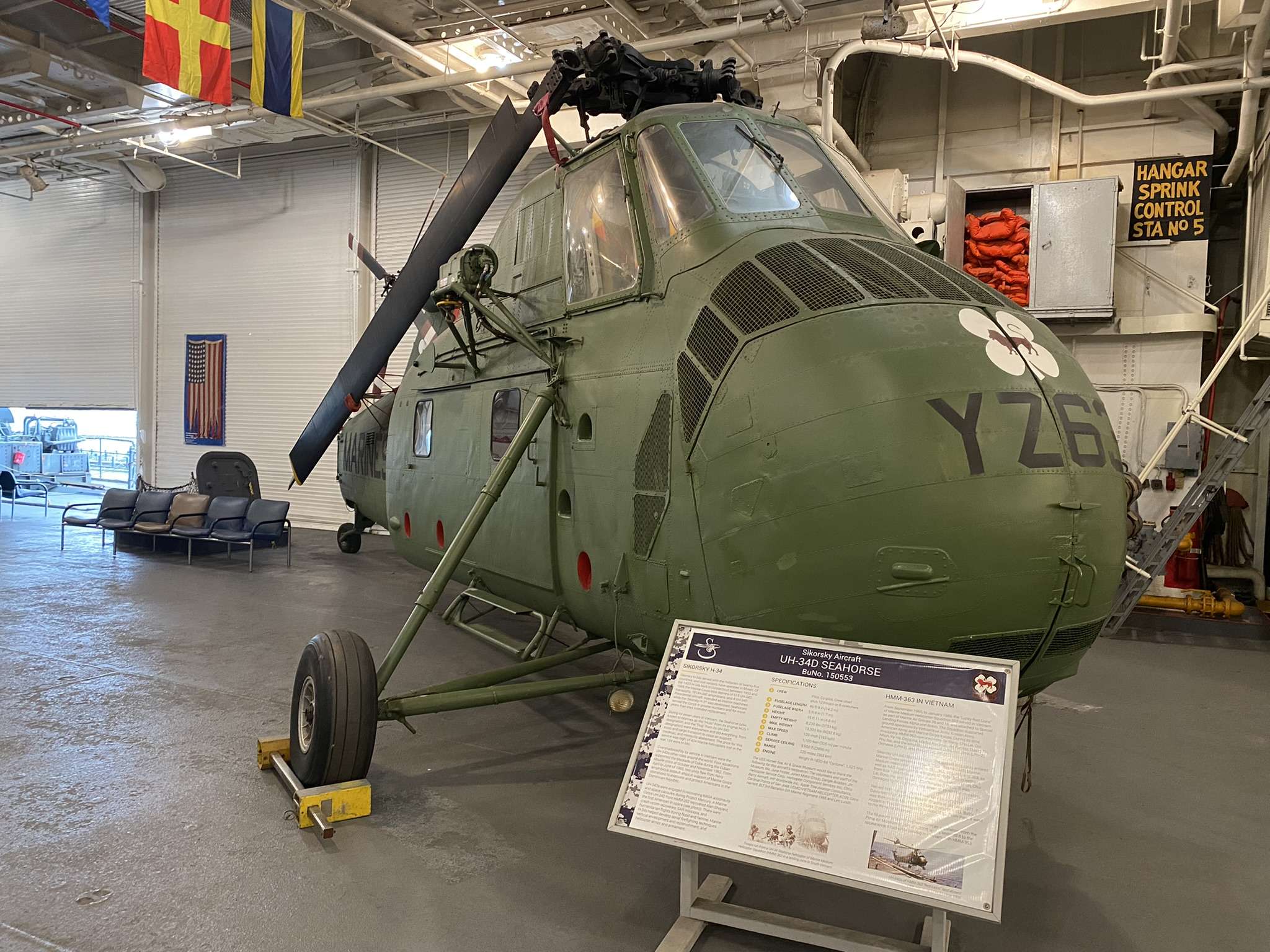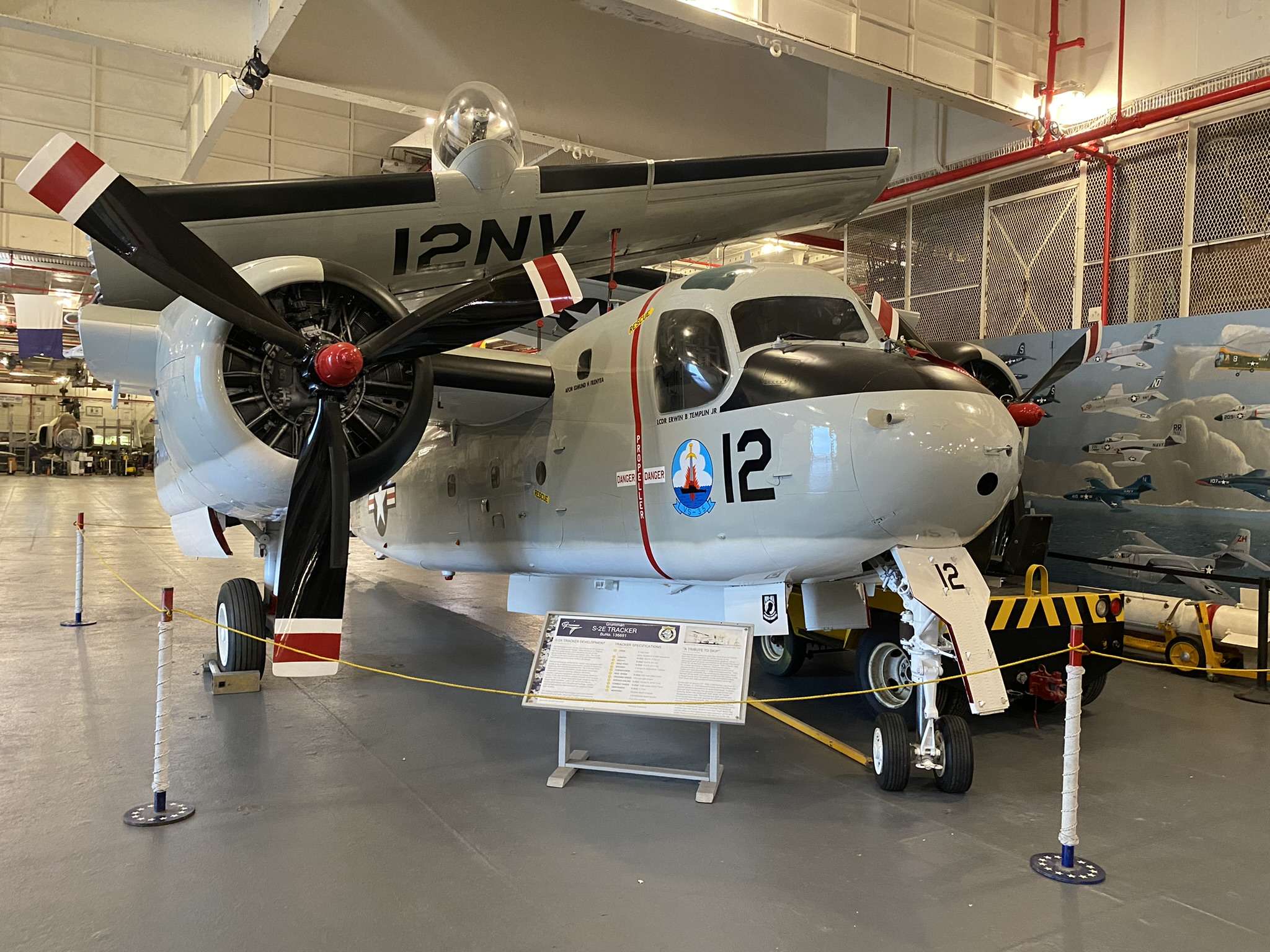The first supersonic carrier based aircraft, primarily used in Vietnam.
Adopted by: Zachary Taylor
Achievements
Project Bullet: 1957 – John Glenn, first American astronaut to orbit the earth, planned and piloted a flight he named “Project Bullet” from California to New York that established a new trans-continental speed record. Flying a F8U Crusader, he broke the existing record by twenty-one minutes, flying at an average speed of 723 miles per hour in the first coast-to-coast supersonic flight.
Cuban Missile Crisis: 1962 – Photo recon Crusaders (RF-8A) flew high-speed, un-armed, tree-top missions over Cuba providing the critical evidence of the Soviet Medium Range Ballistic Missile build-up. President John F. Kennedy used the recon evidence to eventually force withdrawal of the Soviet MRBM’s.
Vietnam War Combat Kills: 1966-1968
- MiG-17 x Sixteen
- MiG-21 x Three
Active Duty Life: 1957-1976 with the photo recon variant flying an additional 11 years.
Design Features
Operational from Essex-class Carriers (i.e., Hornet): First supersonic carrier aircraft, the huge airframe of the F-8 could still be accommodated by the smaller WWII Essex-class carriers due to the compact landing gear, variable incident tilt wing & the tremendous thrust of the Pratt & Whitney J57-P-20A afterburning turbojet engine available during launch.
7° Variable Incident Wing: The whole wing can be tilted up seven degrees during landing and take-off, increasing the angle of attack for more lift. This also provides better rear ventral clearance & visibility for the pilot as the nose isn’t pitched up as high.
Patented 1912 in Paris by Bulgarian inventor Georgi Bojino & first used in a 1939 Nazi Germany low-wing, push-pull prop design by Dornier (Do P.59) to solve similar problems & later re-adapted by Chance Vought for the F-8.
All Moving Tailplane: Solved shockwave air compression effects as an aircraft approaches and then exceeds the speed of sound. Speed tests by the Bell-X1 & research by the British designers of the Miles M.52 lead to this critical control breakthrough. Operationally installed on the F-86E Sabrejet in 1951 & kept secret from the USSR thus delaying its use by the Soviets until 1953 with the introduction of the MiG-19.
Swept-Back Wings & Tail: Allows for supersonic speeds by delaying the onset of shockwaves. Developed by German researchers during WWII and applied famously to the transonic American F-86 & Soviet MiG-15.
See the F-8 in Action
- History Channel: “Dogfights – The Last Gunfighter“
- Man, Moment, Machine: “JFK & the Crisis Crusader“
Read More
- “F-8 Crusader Units of the Vietnam War” by Peter Mersky, Osprey Combat Aircraft #7
- “MiG-17 & MiG-19 Units of the Vietnam War” by István Toperczer, Osprey Combat Aircraft #25
- “MiG-21 Units of the Vietnam War” by István Toperczer, Osprey Combat Aircraft #29



